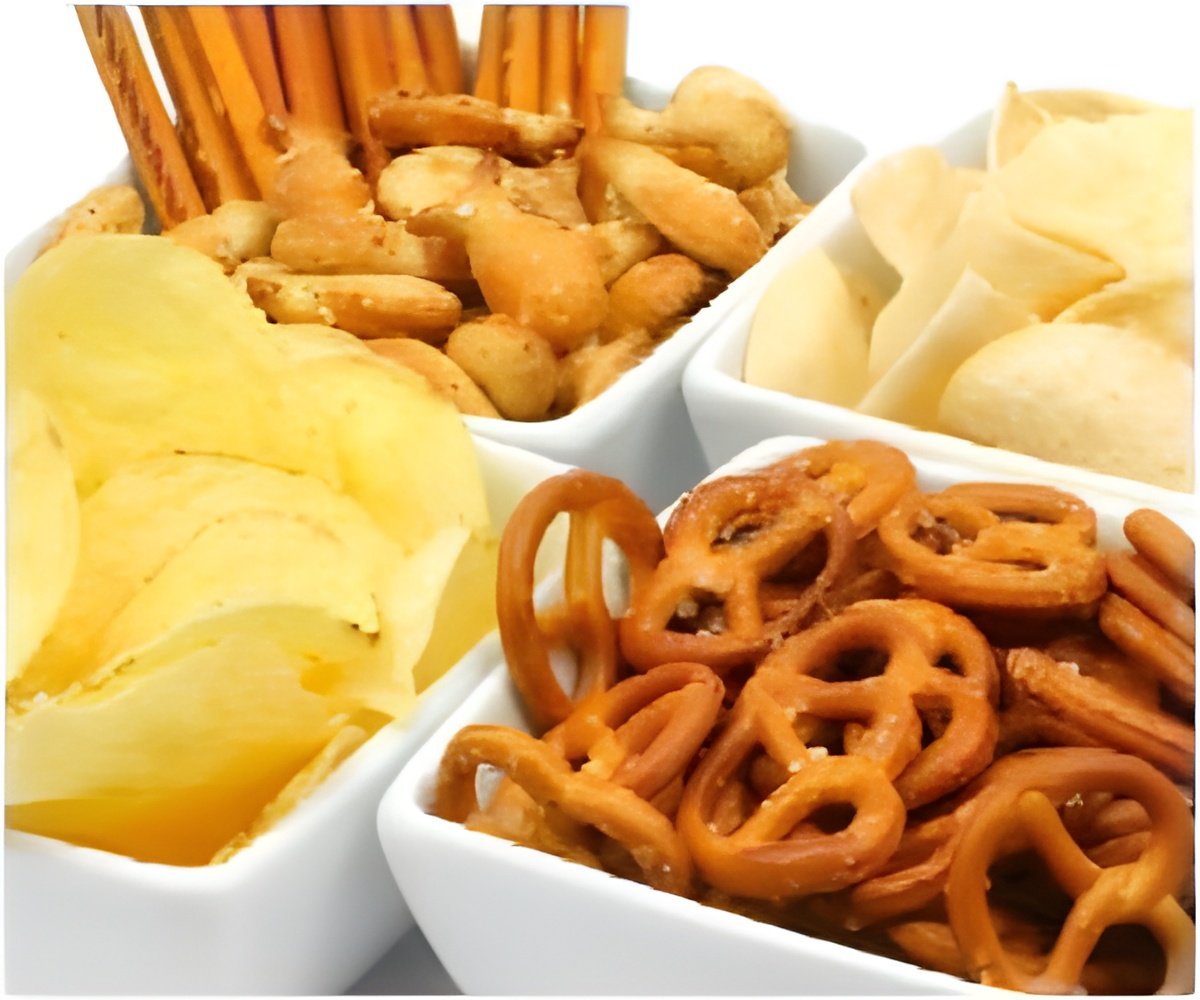In a recent research, German scientists have identified a part of the reason for snacks like crisps being more appealing to people.

Dr Tobias Hoch and team experimented with the rats to understand this behavior of getting attracted to crisps. The rats were fed with three foods namely crisps, a powdery mixture of fat and carbohydrates, or ordinary chow pellets. The eating behavior and the brain activity of the rats were monitored.
It was observed that rats were more interested in consuming crisps than the mixture of fat and carbohydrates though both contained the same calories, while chow pellets were the least favorite. According to the researchers, this behavior makes it clear that crisps contain something, which makes them more desirable.
The MRI scans also recorded an increased brain activity and the reward and addiction centers of the brain were stimulated in rats eating crisps. This suggests the presence of molecular triggers in snacks, which stimulated the different brain activity.
Scientists opine that once this trigger is identified, it could be used to develop new drugs in treating over-eating disorder.
Thus, the authors have planned to identify the trigger molecule in their future research.
Advertisement











